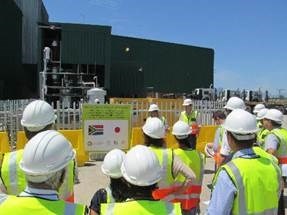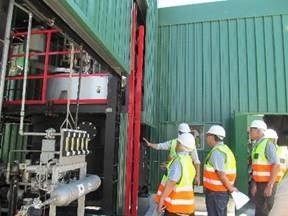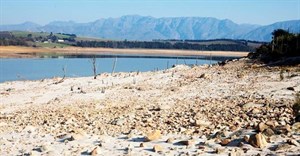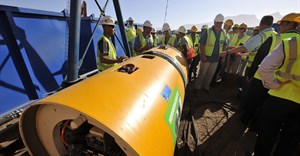Trending
Elections 2024
Jobs
- Digital Marketing Manager Cape Town
- Editorial Intern - African Insider Cape Town
- Marketing Strategist: Media Cape Town
Cape Town waste site converts plastic to oil

“The pilot pyrolysis plant is facilitated by an agreement between the City of Cape Town and two Japanese firms, CFP Corporation and Kanemiya, while funding for the pilot plant was provided by the Japan International Cooperation Agency (JICA). The plant converts up to 500kg of plastics into 500 litre of cracked oil per day,” says Margot Ladouce, chairperson of the Institute for Waste Manegement of Southern Africa (IWMSA) Western Cape.
The general manager for waste management at CFP Corporation, Tetsuya Sato, explained that the feedstock used to generate the oil is used plastics from city and commercial waste. Polyethylene has been found to be the best material for producing diesel equivalency fuel. PET and PVC plastics are not suitable for the plant.
Treatment process

“The plastic waste first goes through pre-treatment of washing, shredding and extrusion before being sent into the pyrolysis reactor. A syngas is formed which is condensed into the oil which is then collected in storage tanks, where 15% is used for generator fuel for the factory’s electricity and 85% of the fuel can be sold or used for the generation of electricity in the case of a commercial plant,” says Sato. Cracked oil can be used as fuel for power generators, boilers as well as for diesel engines. One litre of cracked oil generates approximately 4 to 5kw/litre of electricity.
Garreth Grosch of the directorate for air quality management within the Western Cape Department of Environmental Affairs and Development Planning, delved into atmospheric emission licensing, compliance monitoring and enforcement.
“The Kraaifontein pyrolysis plant is a good example of a facility in which an integrated environmental approach was practiced. In moving forward within the framework of sustainable development, further technological partnerships should be fostered,” says Grosch.
Mayoral committee member for utility services at the City of Cape Town, Ernest Sonnenberg, emphasised that the objective of the pilot plant was to investigate the feasibility of the application of this technology to the tailings (plastics which cannot be recycled) to further reduce waste to landfill and thereby improving the waste diversion footprint of the City of Cape Town.
















